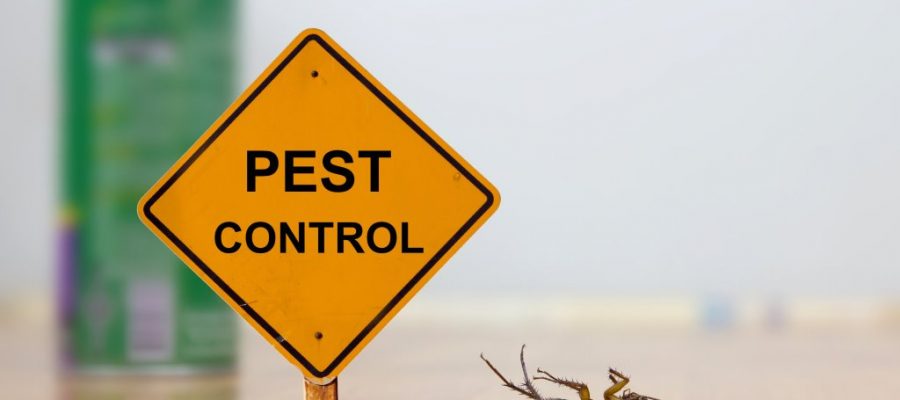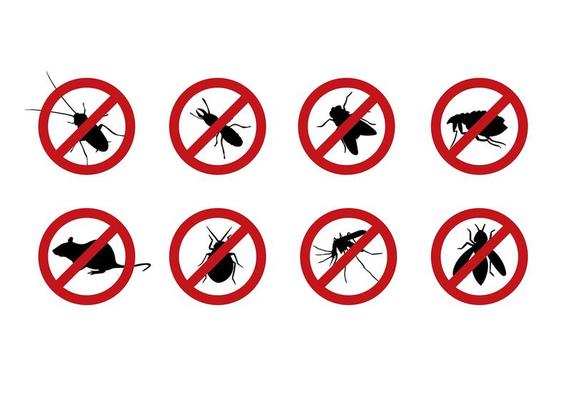Trust Pest Control Lockhart for Reliable Pest Prevention
Trust Pest Control Lockhart for Reliable Pest Prevention
Blog Article
Checking Out Infestation and Therapy Techniques on the planet of Parasite Control
The landscape of insect control incorporates a myriad of difficulties, particularly as problems of common house insects remain to progress. Recognizing the actions and reproductive patterns of these nuisances is critical for creating reliable therapy approaches. By integrating safety nets with sophisticated monitoring techniques, such as Integrated Bug Monitoring (IPM), home owners can better safeguard their atmospheres. Nonetheless, the performance of these approaches might vary dramatically based on details situations. What hidden elements contribute to the success or failure of these strategies in different settings?

Usual Household Pests
When it pertains to handling our living spaces, recognizing usual household insects is critical. These pests not just interrupt our comfort but can also present wellness threats and damages building. The most widespread home parasites include ants, roaches, rats, termites, and bed pests.
Ants, frequently seen foraging in cooking areas, can pollute food and develop big colonies. Roaches, understood for their resilience, can cause allergies and spread microorganisms. Rats, including computer mice and rats, can cause architectural damage and bring illness like hantavirus and salmonella. Termites, frequently described as "quiet destroyers," can compromise the integrity of wooden structures, causing expensive repair services. Bed bugs, although not illness carriers, can trigger substantial discomfort with their attacks and lead to psychological distress.
Recognizing the indications of these insects, such as droppings, nests, or bite marks, is important for very early intervention (Pest Control Lockhart). Correct cleanliness methods, securing access factors, and maintaining a clutter-free environment are efficient preventative actions. By identifying these common family parasites and understanding their habits, house owners can take aggressive steps to alleviate invasions, guaranteeing a much healthier living environment
Comprehending Bug Infestations
Bug problems can intensify quickly, transforming a small aggravation into a considerable issue otherwise resolved promptly. Recognizing the nature of these invasions is essential for effective administration. Bugs can get into domestic and business spaces for different reasons, consisting of the search for food, shelter, or reproducing grounds. Usual elements adding to infestations consist of inadequate hygiene, structural vulnerabilities, and seasonal modifications that drive bugs inside.
Identifying the kind of parasite is essential, as different varieties show diverse habits and reproductive prices. For example, rodents may establish nests in covert areas while insects like roaches grow in moist atmospheres. Early detection often pivots on identifying indications such as droppings, nibble marks, or unusual audios, which can suggest an issue prior to it comes to be serious.
Environmental problems likewise play an important duty in bug expansion. Cozy, damp climates can promote the fast growth of parasite populations, while changes in landscape design or building can inadvertently produce conducive settings. As a result, regular assessments and preventative steps are paramount to alleviating the risk of problems. An enlightened method to recognizing these dynamics prepares for effective bug monitoring techniques in the future.
Therapy Approaches and Techniques
Efficient therapy approaches and strategies are vital for minimizing pest invasions and recovering a secure setting. A multifaceted method is commonly best, including chemical, organic, and mechanical strategies tailored to the particular insect and the intensity of the invasion.
Chemical therapies consist of using pesticides and herbicides, which can properly remove pests. Proper application and adherence to safety guidelines are crucial to minimize risks to human beings and non-target microorganisms. Integrated Parasite Administration (IPM) motivates the sensible use of chemicals as a last hope, relying rather on find here surveillance and limit levels to identify intervention demands.
Organic control techniques involve presenting natural killers or bloodsuckers to reduce parasite populations. This approach is significantly prominent, particularly in farming settings, as it advertises environmental sustainability.
Mechanical approaches, such as traps and obstacles, offer prompt relief from pests without introducing chemicals. Alternatives include sticky catches for insects or physical obstacles for rodents.
Eventually, the choice of therapy approach ought to take into consideration the certain parasite, the atmosphere, and possible influence on human wellness and communities. A well balanced combination of these techniques can properly manage invasions while advertising long-term bug control solutions.
Precautionary Actions for Homes
Proactively dealing with parasite concerns prior to they escalate is crucial for keeping a healthy home environment (Pest Control Lockhart). weblink Carrying out reliable safety nets can substantially lower the likelihood of invasions, eventually guarding both your home and wellness

Proper landscaping also plays a crucial role in prevention. Keeping hedges and trees trimmed away from the residence lowers the chances of pests finding their means inside your home. Guarantee that drainage systems are operating effectively to avoid standing water, which can draw in insects and other insects.
Last but not least, regular evaluations are advisable. Regularly looking for indications of pest task permits early his comment is here treatment. By adopting these preventative procedures, property owners can create a setting that is less friendly to insects, thereby improving their total high quality of life and reducing the demand for comprehensive parasite control interventions.
Business Insect Control Approaches
A detailed approach to industrial parasite control is necessary for businesses intending to keep a risk-free and sanitary environment. Efficient approaches include a mix of regular evaluations, staff member training, and the implementation of Integrated Bug Monitoring (IPM) practices.
Routine examinations enable early discovery of pest activity, permitting prompt treatment. Companies must create a regular schedule for these evaluations, concentrating on risky locations such as kitchens, storage spaces, and garbage disposal websites. Staff member training is equally important; personnel needs to be enlightened on the signs of insect invasions and the value of reporting them quickly.
Implementing IPM practices helps reduce insect problems sustainably. This includes habitat adjustment, such as sealing entrance factors and minimizing mess, in addition to utilizing all-natural deterrents before turning to chemical treatments.

Furthermore, working together with an accredited bug control supplier makes sure accessibility to professional understanding and sophisticated treatment options. This collaboration can bring about tailored bug control prepares tailored to the specific demands of business, decreasing threats and improving overall efficacy. Inevitably, an aggressive and enlightened method fosters a pest-free setting, securing both public health and wellness and company reputation.
Verdict
In verdict, effective bug control necessitates an extensive understanding of usual home bugs and their behaviors, combined with targeted therapy approaches. Executing precautionary measures alongside treatment approaches such as Integrated Pest Administration and organic control boosts the ability to reduce problems.
Report this page